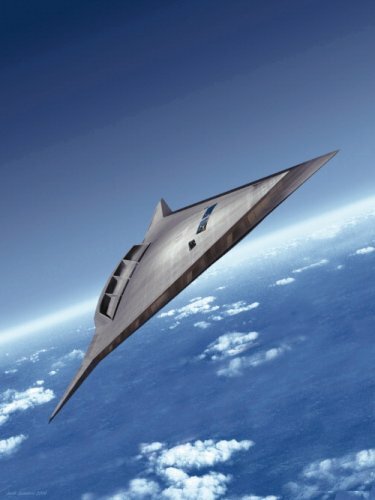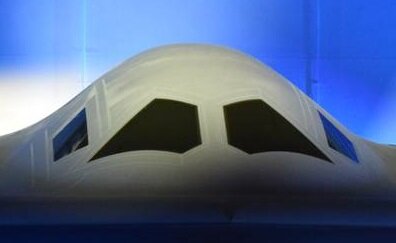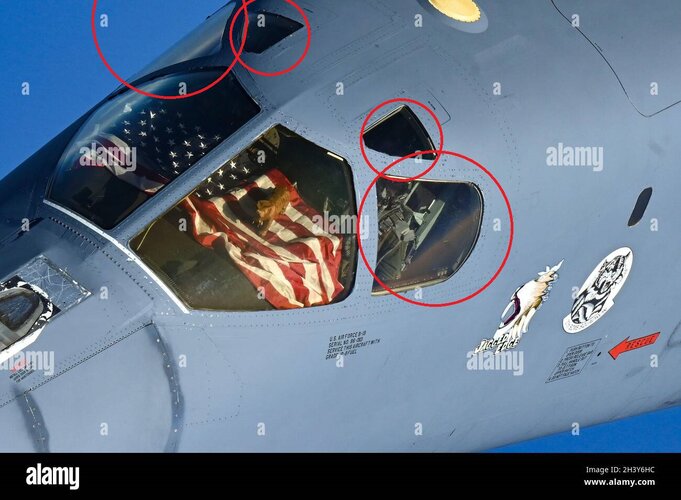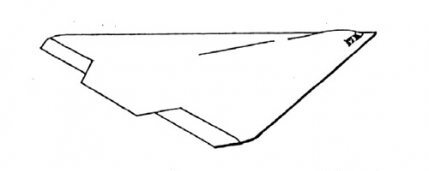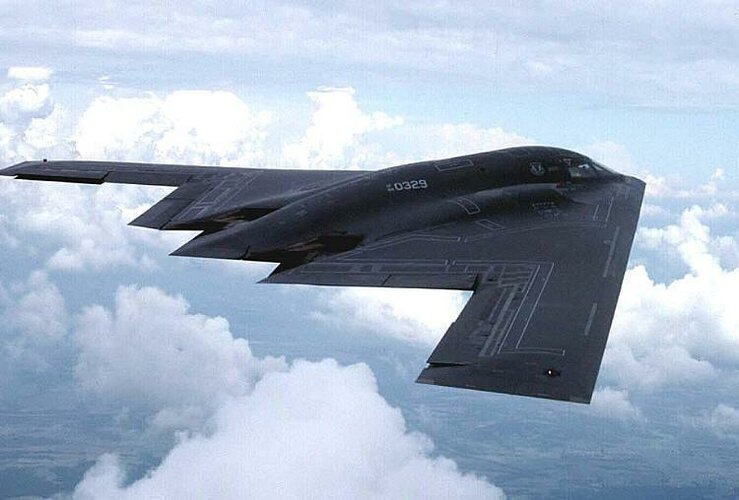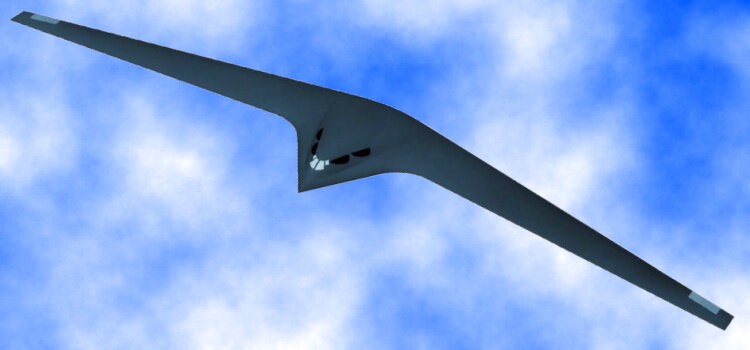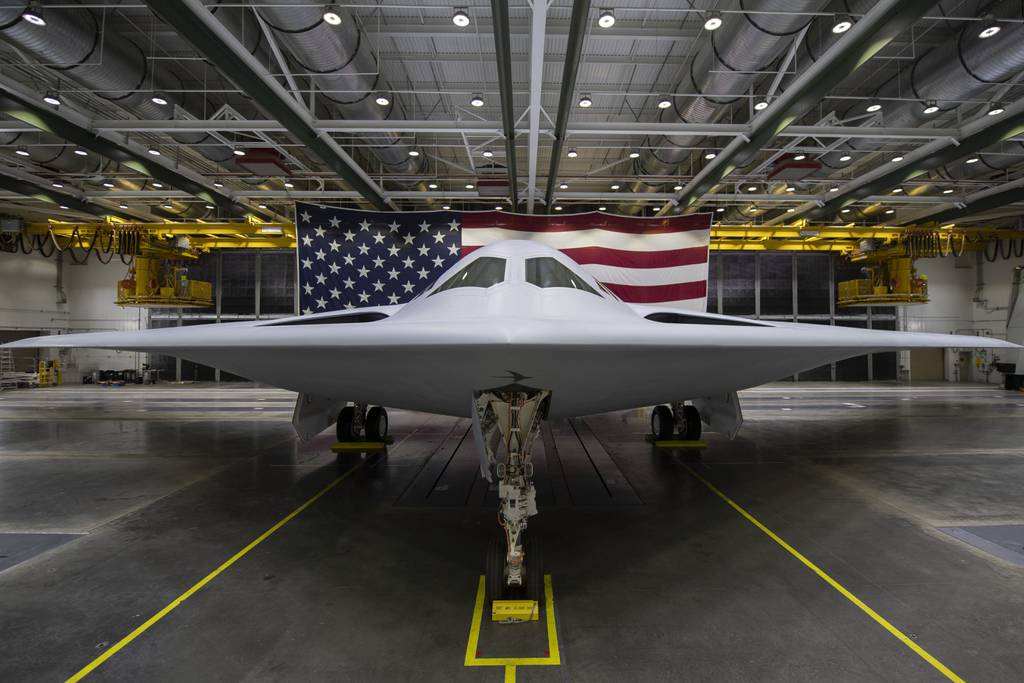Random thought again that will sound fanboi-ish (sounds fanboi to me just writing it). It seems likely the B-21 is going to have a sensor suite that can detect a fair amount of stuff passively and likely actively interrogate a target at long distance with a number of radar modes over a very tight azimuth/bearing if it feels like it. F-22's are rumored to be able to actively only emit across a 2 degree arc against a passive target. So for a B-21, perhaps I see a missile plumb from land...SAR strip search in the local area. ESM target in the air, active target track. Passive ship ESM/IR targe? ISAR identification. Given the ISR it brings to the table, and how limited glide bombs are and how slow cruise missiles are (and redundant with the B-1/52s), will the USAF equip it with a missile that is cross domain and fast? Hear me out.
AGM-158 doesn't bring much to the table to a B-21. Other aircraft can deliver it. Same LRASM. If a B-21 is attacking a wide area land target, presumably it could carry SBD-I/II and that would account for like 99% of all land targets, hardened, moving, or otherwise. But what about naval/air in the Pacific theater which is the primary area of concern?
Would it be weird for the USAF to integrate SM-6/SM-2 blk3C? The USN prizes it because it is a swiss army knife of anti air, ABM, anti surface, and apparently even land (US Army apparently is adopting it unmodified for MRC just to dig a hole in the ground with that AIM-120 based seeker). Expensive missile, but since it can be used on almost anything it saves Mk41 cells. If the USAF adopted a modified SM-6 (sans Mk72 booster) or SM-2 Blk3C upgrade kit, it would easily fit internally in a B-2 rotary launcher (15 feet, 14 inches, 1800 lbs). And if you did that, you'd probably be able to reach out to air targets at 300km as an anti AWACs/MPA/ELINT/etc weapon, and also hit surface targets with a supersonic aeroballistic missile at those ranges, and still be able to pop high priority static land targets with simple INS/GPS. And you'd be able to do any of these things all at once, because the USN and US Army has already paid for the development. It is a little expensive and antiquated in seeker tech, but big advantage: SM-6 has a hot line already and SM-2 blk3C is a modification kit about to enter production. Lots of missiles available. Every large slow air target (tanker/HALE/AEW/bomber), ship, and land target within 300km or so it could reach out to and kill in minutes.
Crazy thought?
AGM-158 doesn't bring much to the table to a B-21. Other aircraft can deliver it. Same LRASM. If a B-21 is attacking a wide area land target, presumably it could carry SBD-I/II and that would account for like 99% of all land targets, hardened, moving, or otherwise. But what about naval/air in the Pacific theater which is the primary area of concern?
Would it be weird for the USAF to integrate SM-6/SM-2 blk3C? The USN prizes it because it is a swiss army knife of anti air, ABM, anti surface, and apparently even land (US Army apparently is adopting it unmodified for MRC just to dig a hole in the ground with that AIM-120 based seeker). Expensive missile, but since it can be used on almost anything it saves Mk41 cells. If the USAF adopted a modified SM-6 (sans Mk72 booster) or SM-2 Blk3C upgrade kit, it would easily fit internally in a B-2 rotary launcher (15 feet, 14 inches, 1800 lbs). And if you did that, you'd probably be able to reach out to air targets at 300km as an anti AWACs/MPA/ELINT/etc weapon, and also hit surface targets with a supersonic aeroballistic missile at those ranges, and still be able to pop high priority static land targets with simple INS/GPS. And you'd be able to do any of these things all at once, because the USN and US Army has already paid for the development. It is a little expensive and antiquated in seeker tech, but big advantage: SM-6 has a hot line already and SM-2 blk3C is a modification kit about to enter production. Lots of missiles available. Every large slow air target (tanker/HALE/AEW/bomber), ship, and land target within 300km or so it could reach out to and kill in minutes.
Crazy thought?
Last edited:

